
Posts Tagged: apples
Free Webinars: Think of the ABCs in Pollination of Specialty Crops
Think of the ABCs: almonds, blueberries and cherries. Then think of watermelons and pumpkins. All those crops will be discussed in a series of free webinars on Ensuring Crop Pollination in U.S. Specialty Crops, set Jan. 24 through March 28. The webinars will feature five researchers with the...
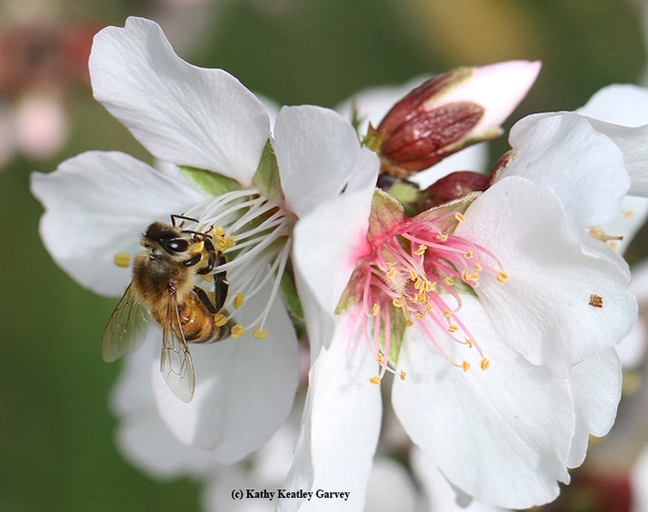
"A" is for almonds. A honey bee pollinating an almond blossom. (Photo by Kathy Keatley Garvey)
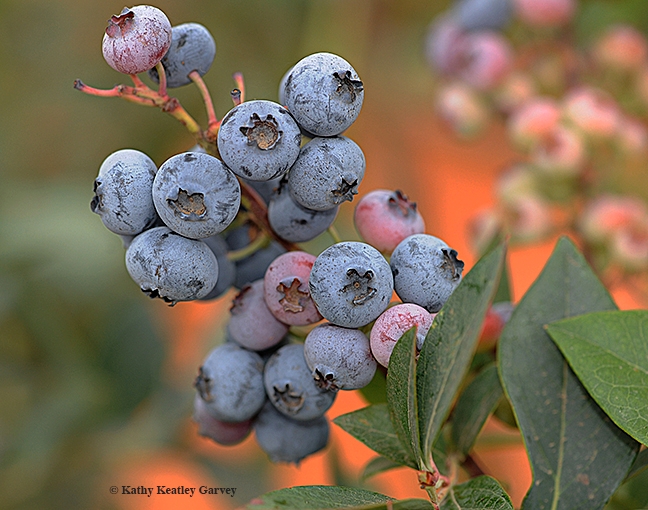
"B" is for blueberries. This is the result of bee pollination. (Photo by Kathy Keatley Garvey)
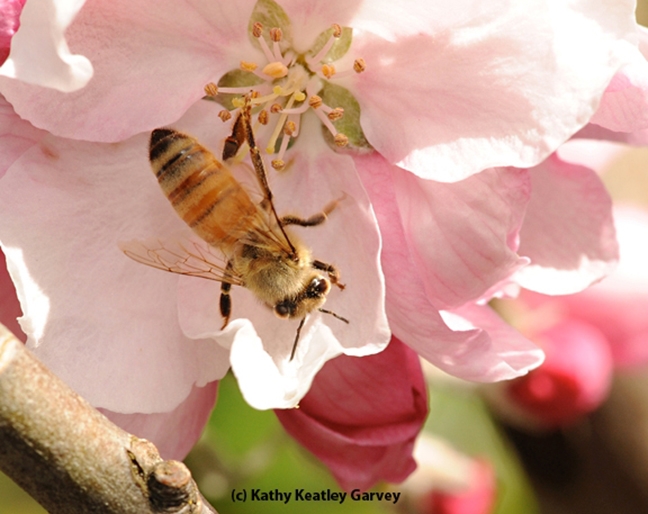
"C" is for cherries. A honey bee pollinating a cherry blossom.(Photo by Kathy Keatley Garvey)
IPM information extends to apple and peach growers in Guatemala
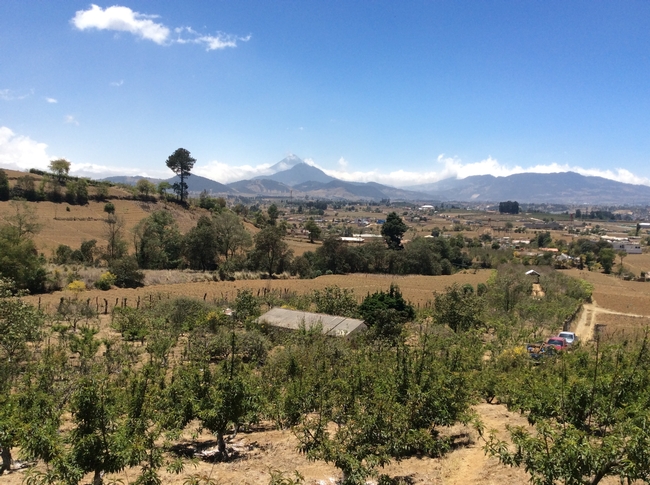
As part of the Farmer-to-Farmer Program sponsored by the Partners of the Americas and funded by the United States Agency for International Development (USAID), retired UC IPM entomologist Walter Bentley and Washington State University entomologist Jay Brunner traveled to Guatemala in April to help growers improve the peach and apple industry. Their primary goal was to identify pest problems and possible solutions to help peach and apple growers improve fruit production, taking into account the region's unique climate.
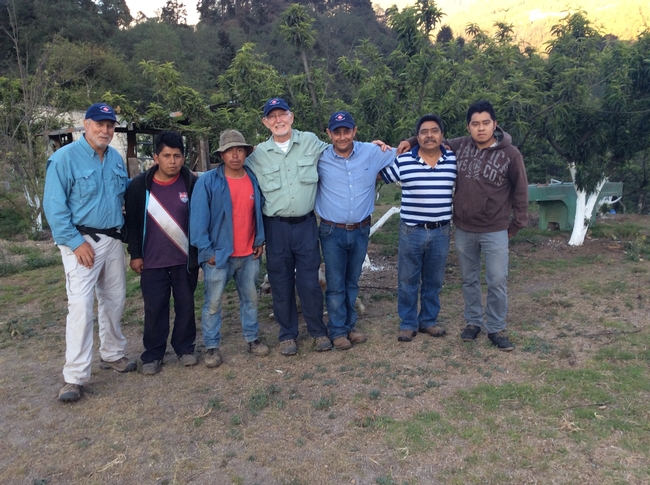
“The most important issues were horticultural,” said Bentley. “The region's biggest need is for a horticulturist or plant pathologist.”
Some of the peach varieties require 300 to 500 chilling hours. 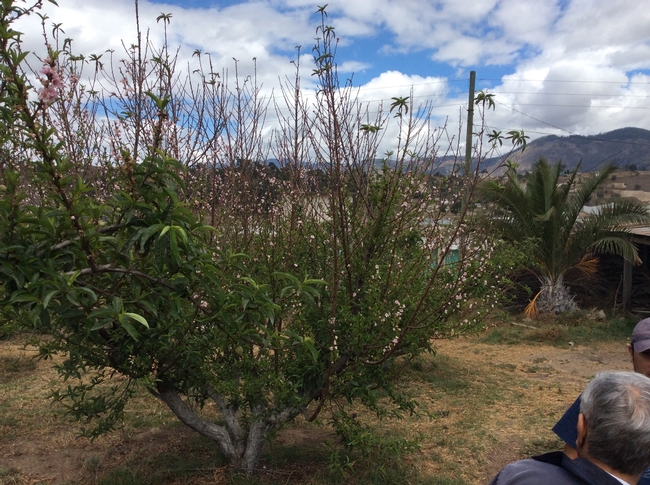
“Peach trees at elevations of 7,500 to 9,000 feet above sea level bloom for 2 months whereas bloom in California lasts just 10 days," he said. "You would get situations where the top half of the tree was in bloom while the bottom half was already producing fruit.”
This creates an environment favoring disease development and causing further problems for growers if the disease was severe enough to warrant a pesticide treatment. If a tree was partially in bloom while simultaneously producing fruit, it would have to be hand-sprayed multiple times so that the portion of the tree that warranted treatment was sprayed.
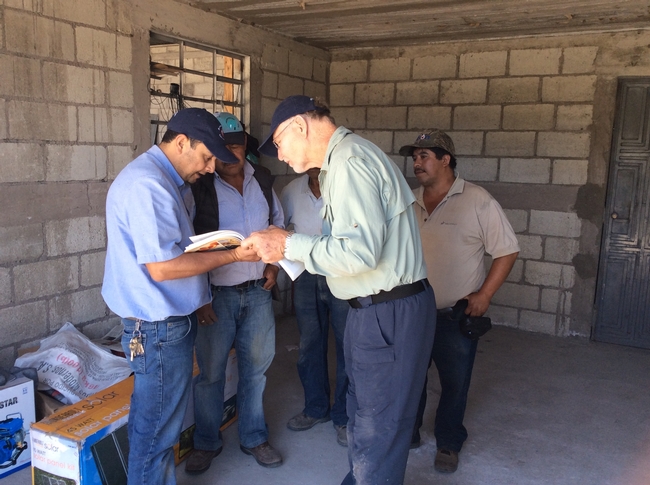
Although most of the important issues that Bentley and Brunner found were horticultural or disease-related, there were some insect problems. Many growers had stink bugs and other plant bugs attacking their trees. Spider mites and predatory mites were also observed. Growers sprayed pyrethroids after bloom to help prevent plant bug damage. However, applying pyrethroids reduced predatory mites, leading to an outbreak of spider mites.
After spending seven days touring four to six farms per day and looking at various practices, Bentley and Brunner spent the next week leading workshops for farmers and discussing integrated pest management (IPM) approaches to managing problems. Using the UC IPM website, specifically the Pest Management Guidelines for apples and peaches, Bentley and Brunner were able to teach sampling methods, stress the importance of correct pest identification, and encourage growers to spray with the least toxic and disruptive products. Bentley and Brunner were surprised by the large variety of pesticides available to growers, but were encouraged that farmers were willing to spray only when necessary while being open to other methods of control.
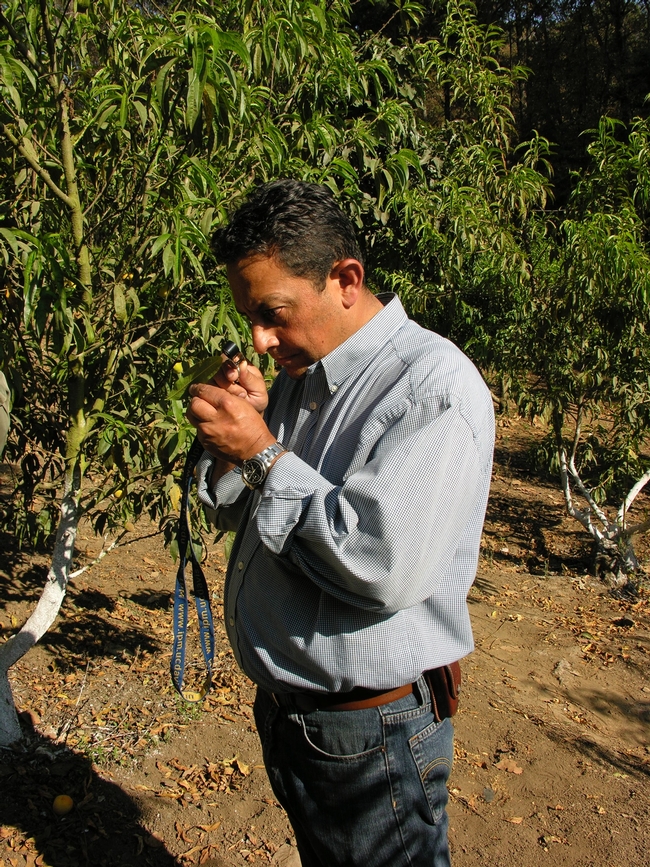
Bentley and Brunner were impressed by the staff that took them around to each farm and by the growers who were receptive to new ways of managing pest problems. The farmers were very appreciative of the advice they received and were very generous. “Everywhere you went people wanted to share what they had,” said Bentley. “They are amazing people.”
Humbled by the experience, Bentley reflected, “I'm glad I went. I've been given a lot in my life and wanted to give back a little.”
Apple-tunity: Preserving the fall apple harvest
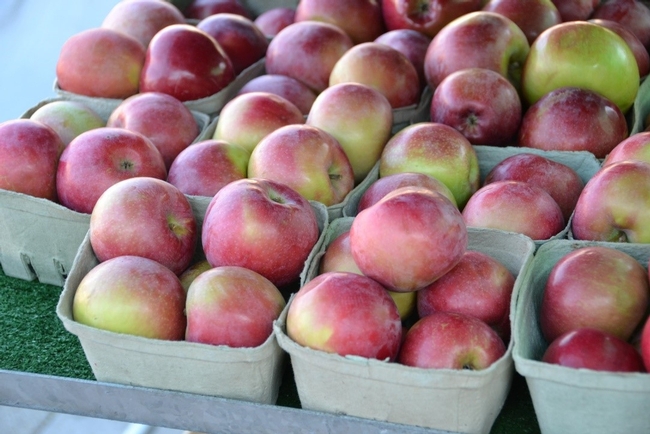
For some, it's time to wind down the season of preserving, but for others, this time of year provides a field of apple-tunity. Yes, the land of ample – I mean apple – opportunity. Here's a few ideas to get anyone started – no canning skills required!
“Home food preservation of apples and other seasonal fruits and vegetables allows families access to a wider variety of healthy foods throughout the year,” says Missy Gable, co-director for the UC Master Food Preserver Program. “In a time where food preservation is becoming increasingly more popular, it is critical for home preservers to follow research-based methods and recommendations to help ensure the preserved foods are safe for consumption.”
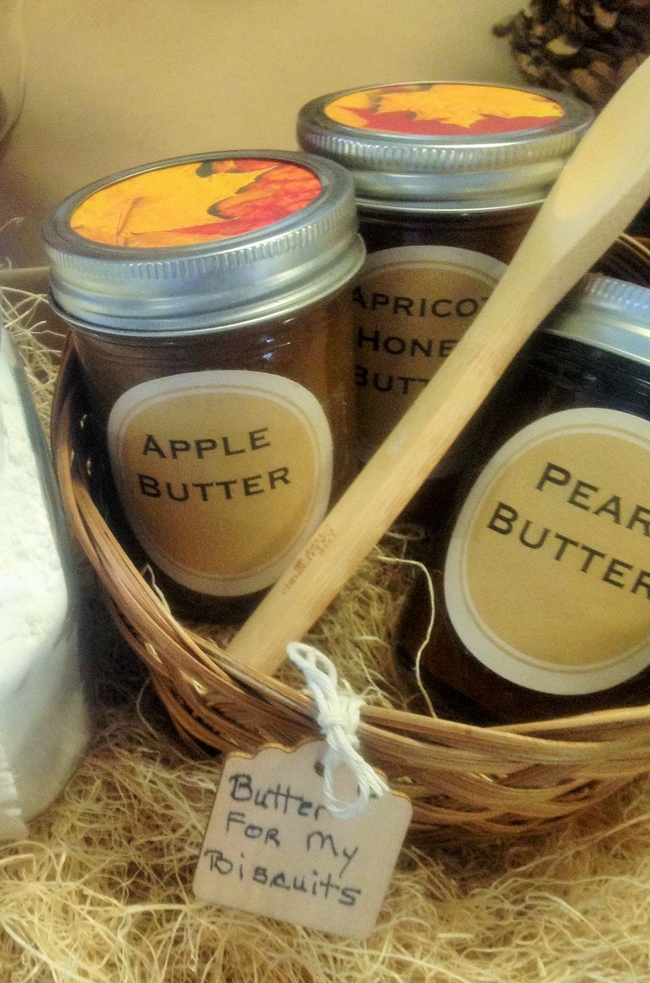
To keep it simple, let's look to the freezer as a means to store the apple bounty. There are researched and approved recipes for apple butter, apple jelly, baby food, applesauce, and sliced apples. Even amongst something as simple as sliced apples, you can choose to add some variety in the way you pack them, weather it is in syrup, sugar, or as a dry pack. Syrup packs are good for using in uncooked desserts or fruit cocktail. Sugar and dry packs are perfect for pies. Plan ahead and follow the method that makes the most sense for your season of life.
Dehydrating
Another method for keeping apples is dehydrating. In fact, it rivals freezing in its simplicity. Think rings, wedges and chips. In preparing the crispy treat, remember to pretreat the slices to prevent browning. It can be as simple as making a solution of 2 cups water with 3000mg ascorbic acid (crushed Vitamin C tablets), and dipping the slices for 3 to 5 minutes. Place the apple slices in a dehydrator for six to 12 hours and voila, apple pieces abound for use as granola mix-ins, oatmeal toppings, or a crunchy snack.

For more information about apples, download the UC ANR publication Apples: Safe Methods to Store, Preserve, and Enjoy. Detailed recipes and preservation practices alluded to in this article can be found on the National Center for Home Food Preservation site, the Ball site, and in So Easy to Preserve.
If you'd like to learn more in-depth knowledge about safe home food preservation, check out the UC Master Food Preserver Program. They hold public classes by county as well as extensive training programs for qualified applicants.
Celebrate the harvest - visit a farm
All over California, farmers are harvesting the last summer crops, picking apples, crushing grapes, and watching pumpkins ripen. All over California, farmers also welcome the public to enjoy family-friendly harvest festivals, education and entertainment. To help urban and suburban Californians connect with local farms and agricultural events, UC Agriculture and Natural Resources (UC ANR) hosts the UC Agritourism Directory.
Here is a sampler of harvest season fun on the farms this month:
Apple Hill Growers' Association - El Dorado County
About 50 years ago, when a pear blight destroyed the pear crop in the El Dorado County foothill region near the small town of Camino, UC Cooperative Extension pomology specialist and farm advisor Ed Delfino worked with local growers to save their ranches. They began to plant apples, formed the Apple Hill Growers' Association and started inviting their neighbors from the valley to visit the farms for fresh apples and fun. Since the time of the group's first apple press and press picnic in 1964, the original ranch marketing association has blossomed into a very successful ranch marketing endeavor.
Today, Apple Hill includes over 55 ranchers, including Christmas tree growers, wineries, vineyards and a spa. For 50 years, Sacramento region families, along with those from the east side of the Sierras, have made a tradition of driving up Highway 50 to enjoy picking apples, drinking wine, arts and crafts, pies, jams, jellies, music, and other activities. Visitors will find their day filled with old-fashioned fun.
The ranches are now open, with U-Pick orchards, entertainment, crafts, food and events at multiple locations. Learn more at www.applehill.com/.
For current information, download the free official Apple Hill™ app available through itunes or in the Google Play Store.

Oak Glen is where the Apple Hill growers visited to learn how to share their apple harvest with the public, back in 1964. One of the most scenic spots in Southern California, Oak Glen is nestled in the heart of Apple Country, where it is cooler in the summer and winter offers snow. An hour or so from Los Angeles or Palm Springs, the 30 members of the Oak Glen Apple Growers Association offer a pleasant day trip or weekend away from town.
Visit orchards, pick fresh apples and drink fresh-pressed cider, and enjoy hot apple pie and other fresh baked apple treats at one of the family restaurants. Other attractions include an animal park, the Wildlands Conservancy, horse drawn wagon rides, the historical Oak Glen School House Museum and many activities offered by the different farms.
For apple picking and other fun: www.oakglen.net/
Grape Stomping, food, drink and fun in the Capay Valley, Yolo County - September 19, 2015
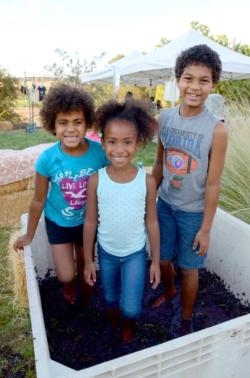
Guests can step into a vat of grapes and stomp until their feet are purple. Visitors can also ride the farm's tractor tram, enjoy free honey and olive oil tastings, take part in grape-themed activities and crafts, visit the petting zoo, and take a self-guided walking tour of Capay Organic.
Tickets are on sale now through Sept. 17, for $15 per person (children ages 12 and under are free) or 4 tickets for $50. After Sept. 17, tickets will be sold at the farm for $20 per person. Guests can also camp overnight at the farm in the orchards. Campsites can be reserved in advance for $35 each at www.capaycrush2015.eventbrite.com by Sept. 17 (admission not included).
To purchase tickets, go to: www.capaycrush2015.eventbrite.com. Call 1-800-796-6009 with any questions.
Work Day & Barn Dance at Pie Ranch by the coast - Pescadero, September 19, 2015

RSVP for the work day and/or barn dance by emailing simone@pieranch.org. Private groups of more than 10 are encouraged to schedule a separate tour/program with the farm as they are attempting to keep the dance open and accessible to the greater community.
The work day begins at 2 p.m. Park past the roadside barn and check in at the roadside barn. The tour begins at 4 p.m. Entry is $10 to 20 per person, charged on a sliding scale. Pay at the Roadside Barn. A potluck dinner begins at 6 p.m. The event is alcohol free. The barn dance is from 7 to 10 p.m. Entry is $12 to 20 (sliding scale).
Children under 12 are free. More information on the work day and barn dance here.
News flash from Pie Ranch: "We planted the tomato plants in the spring and now we are up to our ears in tomatoes! While the summer bounty lasts, we will be holding our Cherry Tomato U-Pick everyday! Between 10 a.m. and 3 p.m., you are welcome to stop by the ranch and pick cherry tomatoes right off the vine!
Weekend Along the Farm Trails - Sonoma County - September 26 & 27, 2015
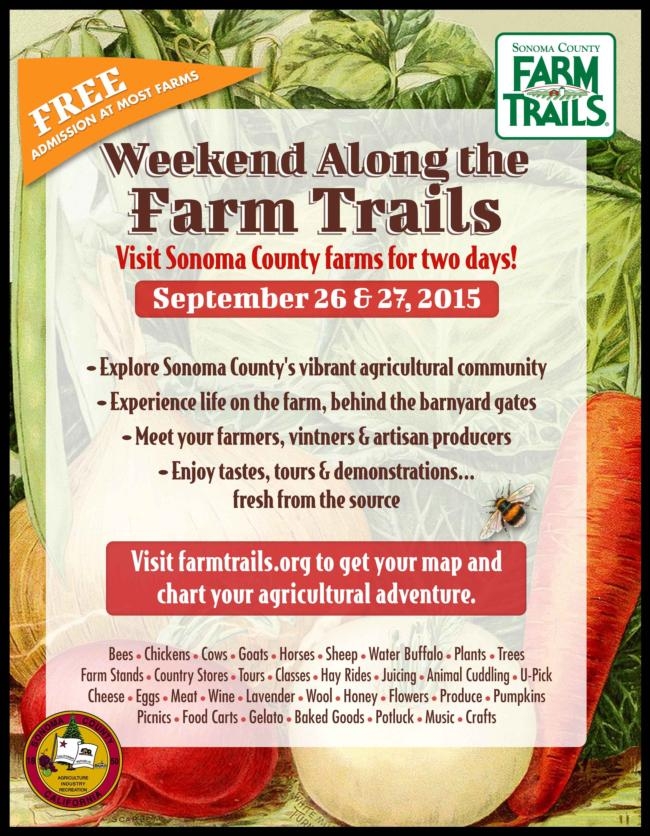
Most of the stops are free.
All you need is transportation, a map of your route, a cooler to keep your purchases fresh, and a sense of adventure! Register now for your chance to
~ Explore Sonoma County's vibrant agricultural community.
~ Experience life on the farm behind the barnyard gates.
~ Meet your farmers, vintners & artisan producers.
~ Enjoy tastes, tours, & demonstrations fresh from the source.
Please note that some farms are only open one day. Feel free to contact the organizers with questions: farmtrails@farmtrails.org.
Please let the organizers know how many people will be in your car by selecting the corresponding number of tickets. Register now
Bloomingcamp Ranch Harvest Festival - Oakdale - September 26 & 27, 2015
Admission is free for this small farm festival near Modesto. Bring the family for live entertainment, chef demos, hayrides, games, kids art patch, pie eating contest, petting zoo, local arts and crafts and a car show. It all happens at Bloomingcamp Ranch, 10528 Highway 120, in Oakdale. For more information: www.bloomingcampranch.com or (209) 847-7437
Farm and Ranch Tour in the Sierra foothills - Mariposa County - September 26, 2015
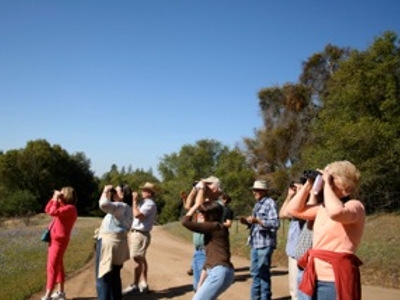
The 2015 farm and ranch tour features four farm and ranch locations, along with a special display of the UC Master Gardeners near downtown along the Creek Parkway. Each location will showcase their unique agricultural operations, and vendors and artists will be set up as well.
Tickets are $10 per person, or $25 for a whole car. Kids under 12 are free when accompanying a paying adult. Tickets may be purchased at any tour location and are good for all locations. website/more info
Hoes Down Harvest Festival - Capay Valley, Yolo County - October 3 & 4, 2015
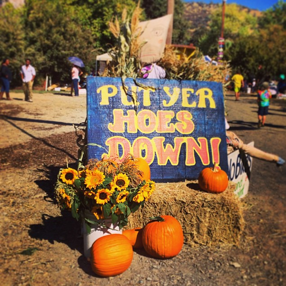
On Saturday, enjoy live music, circus performances, kids arts and crafts, a kids hay fort, contra dancing, agricultural workshops, farm tours, good food, a crafts fair and farmers' market, and more music. The silent auction features a range of affordable treats.
Camping is available on Saturday night in the walnut orchard, with breakfast and longer workshops and activities offered on Sunday.
All of the proceeds from the Hoes Down Harvest Celebration go to non-profit organizations that support sustainable agriculture and rural living.
Admission Prices:
Adults: $20 when purchased online – $25 at the gate.
Children (2-12): $5
Under 2: Free
Saturday Night Camping: $25 per car – No reservations needed.
website, tickets, more info
For more info about these events and more California farms and ranches to visit, see www.calagtour.org
Author: Penny Leff
An Apple from Your Pollinator
An apple a day may keep the doctor away, but thankfully, they don't keep our bees away. The blossoms, that is. We need those pollinators! During National Pollinator Week, June 16-22, it's a good idea to pay tribute to the apple. If you've ever photographed a bee on an apple blossom, then...

A honey bee pollinating an apple blossom. (Photo by Kathy Keatley Garvey)

Apples hanging from a tree. (Photo by Kathy Keatley Garvey)

The bounty--thanks to bees! (Photo by Kathy Keatley Garvey)
